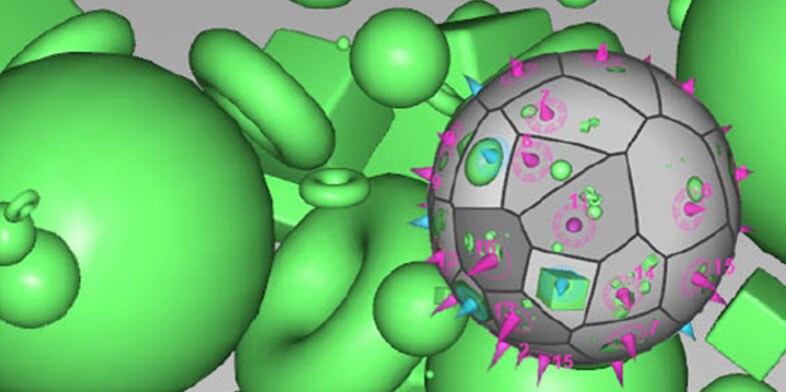Michael Tsang, George Fitzmaurice, Gord Kurtenbach, Azam Khan, Bill Buxton
Boom Chameleon: Simultaneous capture of 3D viewpoint, voice and gesture annotations on a spatially-aware display
ACM Symposium on User Interface Software & Technology
2002

Boom Chameleon: Simultaneous capture of 3D viewpoint, voice and gesture annotations on a spatially-aware display (5:27 min.)
Abstract
We introduce the Boom Chameleon, a novel input/output device consisting of a flat-panel display mounted on a tracked mechanical boom. The display acts as a physical window into 3D virtual environments, through which a one-to-one mapping between real and virtual space is preserved. The Boom Chameleon is further augmented with a touch-screen and a microphone/speaker combination. We present a 3D annotation application that exploits this unique configuration in order to simultaneously capture viewpoint, voice and gesture information. Design issues are discussed and results of an informal user study on the device and annotation software are presented. The results show that the Boom Chameleon annotation facilities have the potential to be an effective, easy to learn and operate 3D design review system.
Related Publications
Loading...
Related Projects
-

3D Navigation
While advances in computing have empowered users to design and interact with objects in virtual three-dimensional space, little effort has been made to improve or facilitate interaction with the viewpoint. Once we begin to consider this problem, we find that it effectively spans a huge problem domain with many special cases. It touches on many of the fundamental difficulties in 3D interaction: being inside an object vs. being outside, how close is the viewpoint to the object, what is the user looking at and/or is interested in, egocentric vs. exocentric thinking, parallel vs. perspective viewing projections, multiscale and level-of-detail issues, what kind of data is being examined (abstract, incomplete, photoreal, engineering, CAD, entertainment, medical, simulation, etc.), and what is the user task (authoring, inspecting, etc.). Additional technical issues include correct handling of the clipping planes and floating-point precision problems. To help understand and address some of these issues, we have an ongoing research program to improve the state-of-the-art in 3D navigation.
-
-